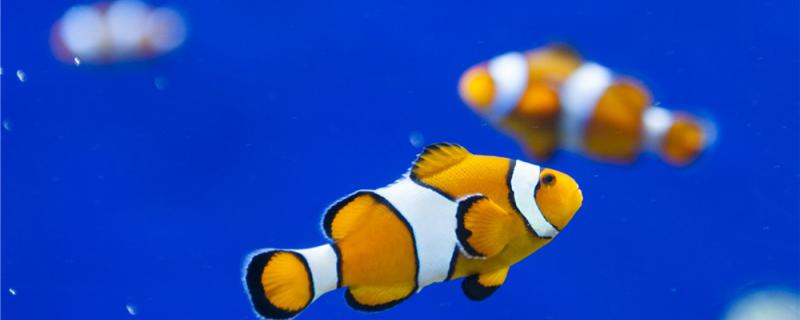Clownfish is the common name of sea anemoninae fish of Pomacentridae. Its overall color is orange-red. Because there are one or two white stripes on its face, it looks similar to the clown in Peking Opera, so it is named Clownfish. The edges of their fins and tails are black, their tails are large, and they swing very beautifully when swimming. Clownfish is a tropical marine fish. There are 28 known species, most of which are from the genus Amphichthys, and only one species from the genus Charybdis.

The overall color of an
adult clownfish is orange-red, the edges of its fins and tail are black, and there are one or two white stripes on its face, which is similar to the appearance of a clown in Peking Opera, so it is called clownfish. Clownfish has a maximum body length of 11 cm, 10-12 dorsal spines, 4-16 soft rays on the back, 2 anal spines and 14-15 soft rays on the anal fin. Clownfish is a tropical saltwater fish. At present, there are 28 known species of Clownfish. Different species of Clownfish have different appearance characteristics. Clownfish and sea anemones have a symbiotic relationship, so they are also called anemonefish. 2. How to raise
clownfish 1. Water temperature: Clownfish is a tropical fish. Its favorite water temperature is 26-27 ℃. The breeder needs to install a heating rod in the fish tank to ensure that the water temperature is constant.
2. Water quality: Clownfish is a marine fish, breeders need to use seawater to raise it, and the water quality should be adjusted to weak acidity, and the PH value should be controlled between 8.0 and 8.5. Usually pay attention to changing water, if there is no filter, it needs to change water every 2-3 days, and the amount of water changed each time should be controlled at one third of the total amount of water.
3. Feeding: Clownfish is an omnivorous fish. The breeder can mainly feed it with synthetic feed, because the nutrients of synthetic feed are relatively comprehensive, and then regularly feed it with some animal feed to ensure adequate, comprehensive and balanced nutrition.
 The overall color of an
The overall color of an